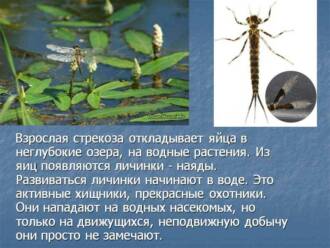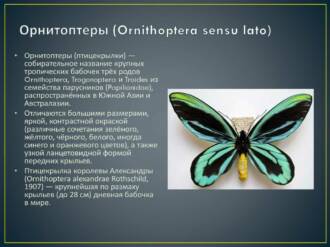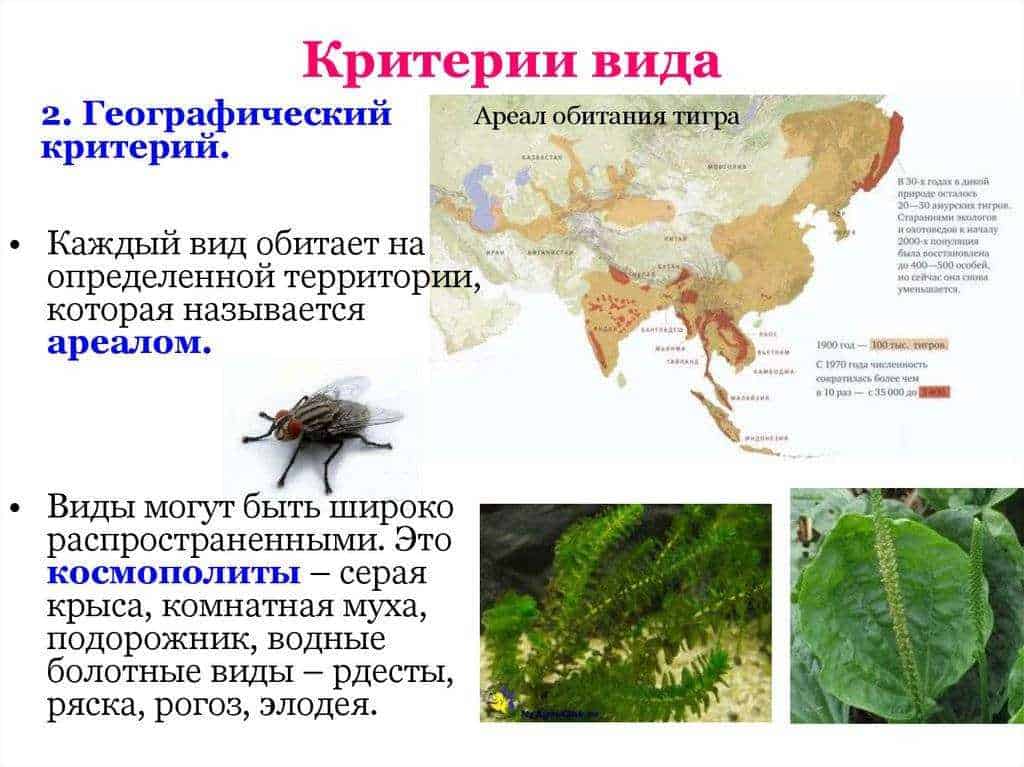
Butterflies are beautiful and delicate insects that can be found almost everywhere around the world. However, there are places where they can be seen in particularly large numbers. Such places are called "butterfly hotspots."
In different parts of the world, the places where butterflies live may differ. Some species prefer to live in rainforests where they can find food and shelter among the abundance of plants. Other species prefer dry and desert areas where they can survive in water scarce environments.
If you want to create ideal conditions for butterflies in your garden, then there are several important factors to consider. First, plants are the main food source for butterflies, so it's important to have a variety of flowers and plants that will attract them. Secondly, butterflies need a sunny place to warm up and recharge their energy. And finally, it is important to create a refuge for butterflies, where they can hide from the cold and predators.
Butterfly habitat
Butterflies live in various places where ideal conditions are created for their life and reproduction. One of these places are flower fields and gardens, where a variety of plants attract butterflies with their bright colors and sweet nectar. Here they can find food and places to rest.
Another popular habitat for butterflies are forests and parks, especially those with broad-leaved trees. Here they can find shelter from predators and enjoy shade and coolness. Forest moths such as atlas butterflies generally prefer to inhabit the upper layers of the forest where they can find food and breeding partners.
Butterflies can also live in swamps and the banks of rivers and lakes, where aquatic plants grow. Here they can find food and places to rest, as well as take advantage of the humid climate for their reproduction. In these places you can find various types of butterflies, including rare and unique ones.
In addition, some species of butterflies can live in mountainous areas, where they have adapted to the harsh conditions of the highlands. Here they can find food and shelter among stones and rocks, as well as enjoy beautiful mountain views.
Characteristics of butterfly habitats
Butterflies live in various places around the world. Their habitats depend on many factors, including climate, vegetation type, and food availability.
Rainforests: Butterflies often choose rainforests as their habitat. Here they can find a variety of plant species that serve as both a food source for caterpillars and a nesting site for eggs and adult butterflies.
Field meadows: Some butterfly species prefer open spaces such as field meadows. Here they can find an abundance of flowers that serve as a source of food and attract males for breeding.
Deserts: Despite their extreme nature, deserts can also be a habitat for some species of butterflies. They have adapted to life in dry climates and can survive on the nectar of shrubs and flowers, which are rare in desert areas.
Mountainous areas: High mountain areas can also provide ideal habitat for butterflies. Here they can find a variety of plant species and food sources, as well as shelter from the cold and wind.
Aquatic biotopes: Some species of butterflies can live near aquatic habitats such as rivers, lakes and swamps. Here they can find food and sources of moisture, as well as places to lay eggs and breed.
Biomes and ecosystems where butterflies live
Butterflies are important members of many biomes and ecosystems and can be found in various places around the world.
Rainforests
Rainforests such as the Amazon and the Congo are home to a huge number of different species of butterflies. Here they find a rich variety of plants that serve as a source of food and a place to lay their eggs.
Deserts and steppes
Despite extreme conditions, butterflies also live in desert and steppe biomes. They may reside in oases where water and plants are available, or migrate to these areas in search of food and breeding.
mountainous regions

In mountainous regions such as the Alps and the Himalayas, butterflies can be found at various altitudes. Here they find multi-colored flowers and lower plants that exude food and shelter.
Fields and gardens
Butterflies can also inhabit fields and gardens where they can feed on the nectar of flowers and use plants as places to lay eggs and breed.
In general, a place where butterflies are abundant depends on the availability of food, hiding places, and breeding conditions. It is important to preserve the diversity of biomes and ecosystems in order to provide favorable conditions for the habitat of butterflies and to preserve their species diversity.
Influence of climate on the distribution of butterflies
Climate plays an important role in determining where butterflies live. In different climatic zones of the world, a variety of butterfly species and their distribution can be observed. They prefer different conditions, and their place of residence is called a biotope. Butterflies can live in different places - from rainforests to tundra and mountainous regions.
Temperature and humidity are the main factors affecting the distribution of butterflies. Some species prefer warm and humid climates while others prefer cold and dry areas. For example, tropical areas such as the Amazon or Southeast Asia are ideal habitats for many species of butterflies.
However, climate change caused by global warming can have a negative impact on the habitats of butterflies. Changing temperature conditions can lead to a change in the distribution of butterflies and even the extinction of some species. For example, some arctic butterfly species may be threatened by climate warming and shrinking ice sheets.
Thus, understanding the impact of climate on the distribution of butterflies is important for the conservation of biodiversity and nature in general. Measures must be taken to protect the habitats of butterflies and combat climate change in order to keep these beautiful and amazing creatures in our world.
The role of plants in butterfly habitats

Plants play an important role in creating and maintaining places where butterflies are abundant. They serve not only as a food source for adult butterflies, but also provide places for oviposition and development of caterpillars.
The variety of plants affects the species diversity of butterflies. Butterflies have specific preferences for the plants on which they can live. Some species of butterflies prefer certain types of plants on which they can lay their eggs and their caterpillars can feed.
Plants also play a role in attracting butterflies. They may use various attraction methods such as scent and flowers to attract butterflies. Some plants produce nectar that serves as food for butterflies, and their flowers can be especially attractive to them.
Thus, plants play an important role in creating and maintaining butterfly habitats. They provide food, breeding sites, and attract butterflies with their scents and colors. Therefore, in order to preserve and increase the number of butterflies, it is important to preserve and develop the diversity of plants in their habitats.
How to create ideal conditions for butterflies in the garden
Many people love to watch beautiful and delicate butterflies that fly into gardens and parks. If you want to create the perfect environment for butterflies in your garden, here are some guidelines.
1. Give butterflies a place with lots of flowers
Butterflies are flower-searching insects and need access to a variety of colors. Plant a variety of flowers in your garden that will attract butterflies. Some of the best flowers for attracting butterflies include mallow, cornflowers, asters, and buttercups.
2. Set up butterfly feeders
Butterflies feed not only on flowers, but also on juices and fruits. Install butterfly feeders where you can place special mixtures of juices, fruits and sugar. This will attract the butterflies and provide them with an additional food source.
3. Provide shelter and protection
Butterflies need shelter and protection from cold winds and predators. Provide places in the garden where butterflies can hide, such as dense vegetation or special butterfly shelters. Also, avoid using pesticides that can harm butterflies.
By creating the perfect habitat for butterflies in your garden, you can enjoy their beauty and watch their life cycle right in your backyard.
Popular Butterfly Watching Spots
Butterflies are one of the most beautiful and amazing creatures of nature. If you want to enjoy their beauty and grace, then there are a number of places where you can observe a large number of butterflies.
National parks and reserves
Many national parks and reserves offer excellent conditions for watching butterflies. They provide a variety of vegetation that attracts butterflies. Some parks also have special gardens with plants that attract butterflies with their colors and scents. Visitors can walk along special trails and enjoy the beauty of these creatures in their natural habitat.
Botanical gardens and parks
Botanical gardens and parks are also popular places to watch butterflies. They create ideal conditions for attracting these colorful insects. Butterflies are attracted by the variety of flowers and plants found in gardens and parks. Some botanical gardens also have special butterfly houses where visitors can watch butterflies up close.
Find out where such places are located in your area and go to nature to enjoy the beauty of these amazing creatures.
Threats and problems associated with butterfly habitats
Butterfly habitats are an important element of their life cycle and affect the conservation of their population. However, there are a number of threats and problems that can negatively affect these places and eventually lead to a decrease in the number of butterflies.
1. Habitat destruction
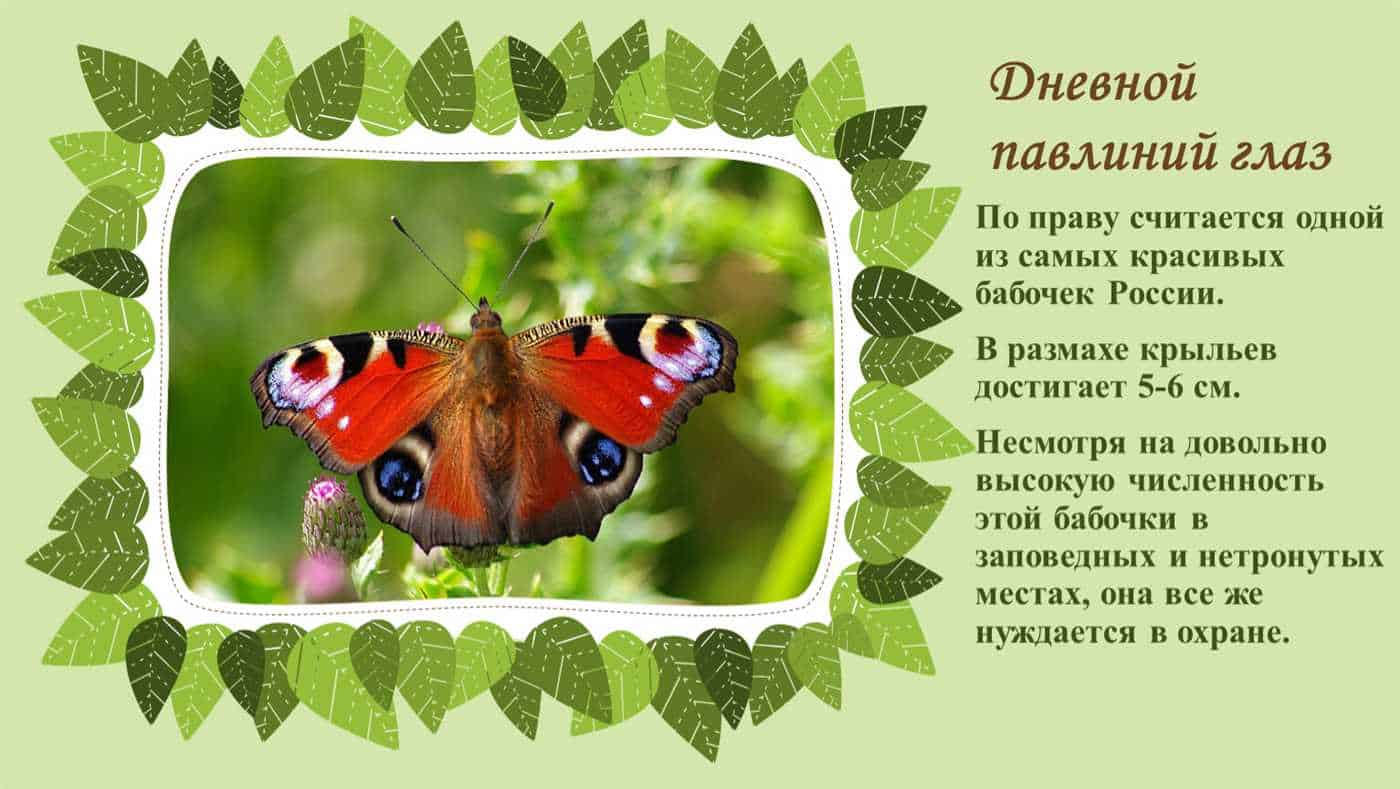
One of the main problems is the destruction of butterfly habitats. As a result of the expansion of cities and infrastructure, many natural places where butterflies live are being deforested, swamps are drying up and plains are becoming waterlogged. This leads to loss and change of habitats, which can reduce the population of butterflies and even lead to their extinction.
2. Use of pesticides

The use of pesticides in agriculture and horticulture also poses a threat to butterfly habitats. Pesticides can accumulate in soil and water, which can poison butterflies and reduce their numbers. In addition, pesticides can destroy the plants on which the butterflies feed and lay their eggs, eventually leading to the disappearance of their habitats.
3. Climate change
Climate change also affects the habitats of butterflies. Global warming can lead to a change in the distribution of plants that serve as a food source for butterflies, as well as to a change in the conditions for reproduction and development of their larvae. This can lead to a decrease in the number of butterflies and even to their extinction in some regions.
In general, the conservation of butterfly habitats is an important task for their conservation. Efforts must be made to protect the natural habitats of butterflies and reduce the use of pesticides, as well as take measures to reduce the impact of climate change on their habitats.
Protecting Butterfly Habitats and Ecosystems
A place where there are many butterflies is an important part of their ecosystem. To ensure the conservation and protection of these places, certain measures must be taken.
Creation of nature reserves and national parks
One way to protect butterfly habitats is to create nature reserves and national parks. This will preserve their natural habitats, where they can freely breed and search for food.
Limiting the use of pesticides
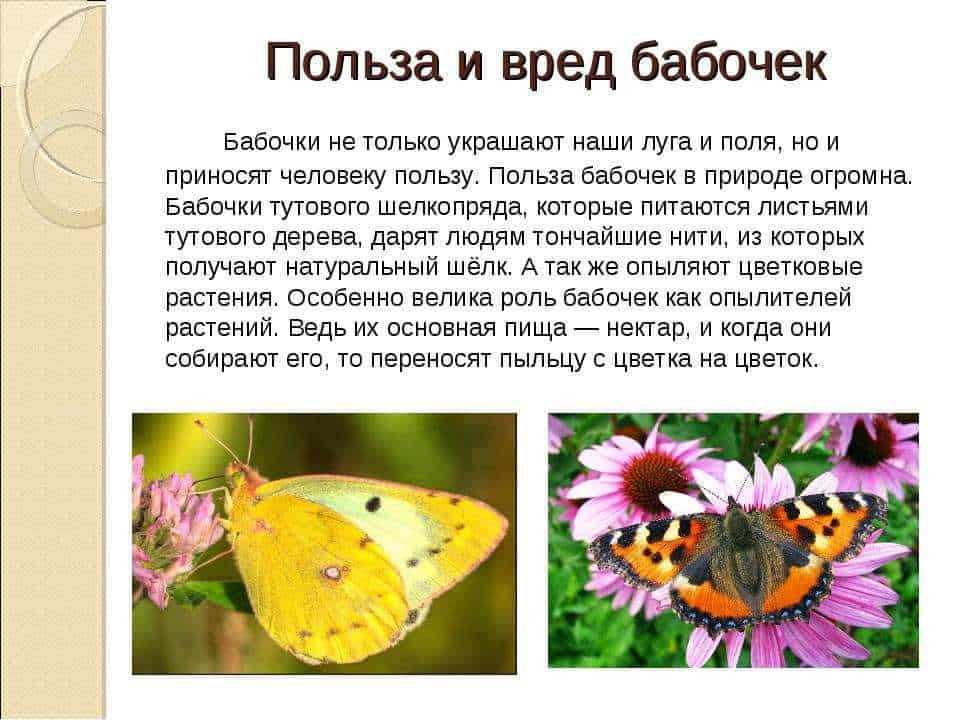
The use of pesticides can adversely affect the habitats of butterflies, destroying their food sources and polluting the environment. Therefore, it is necessary to limit the use of pesticides near such places and look for alternative methods of pest control.
Conservation of plant diversity
Plant diversity must be conserved to provide habitat for butterflies. Different types of butterflies prefer different plants as food sources and places to lay their eggs. Therefore, conserving plant diversity will help ensure the diversity of butterflies and strengthen their ecosystem.
Formation of ecological corridors

The formation of ecological corridors that connect different habitats of butterflies allows them to move between them, providing access to new food sources and allowing them to breed with butterflies from other populations. This contributes to the strengthening and diversity of their ecosystem.

